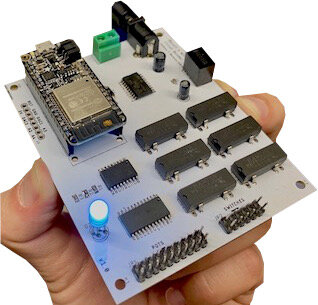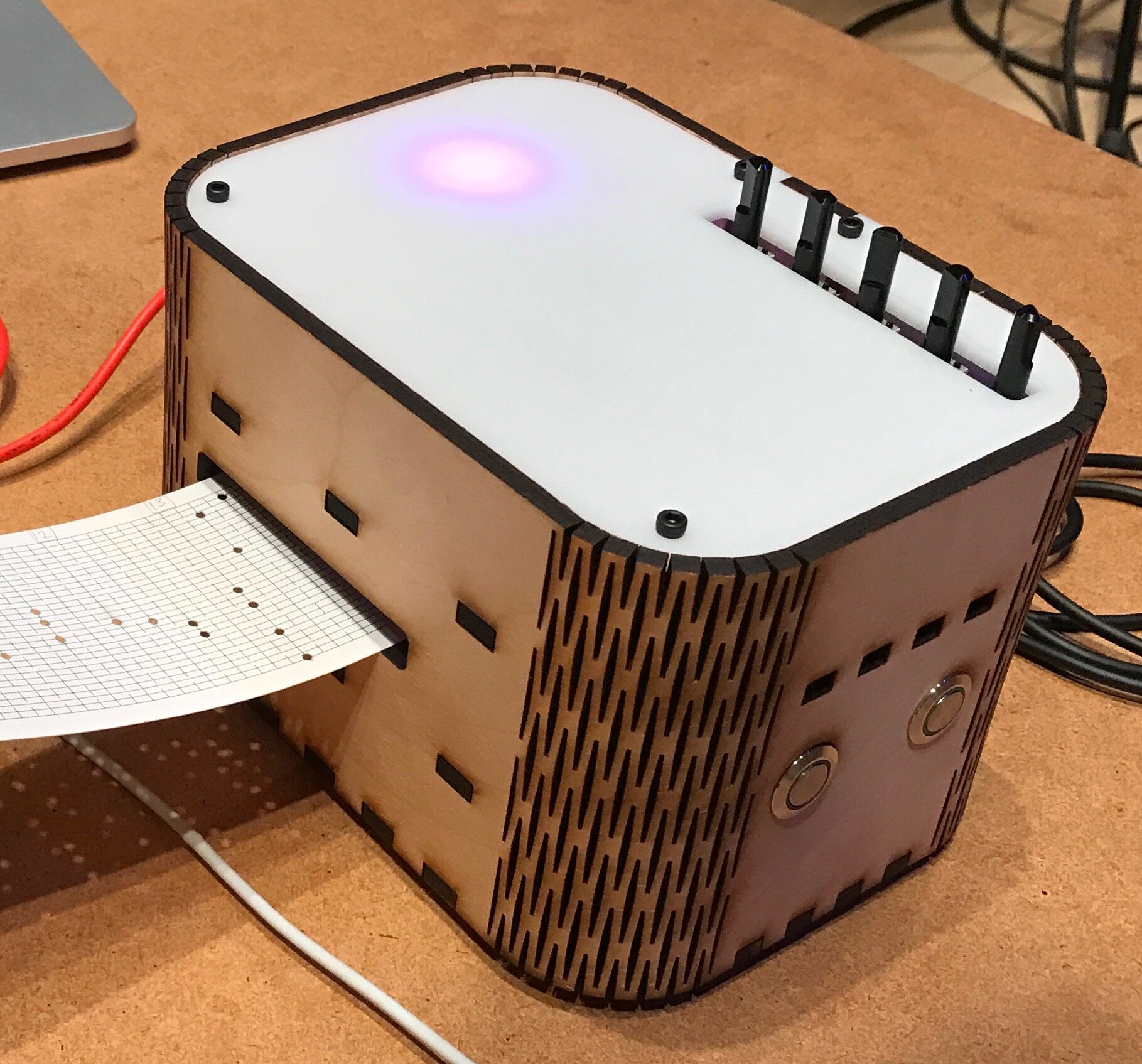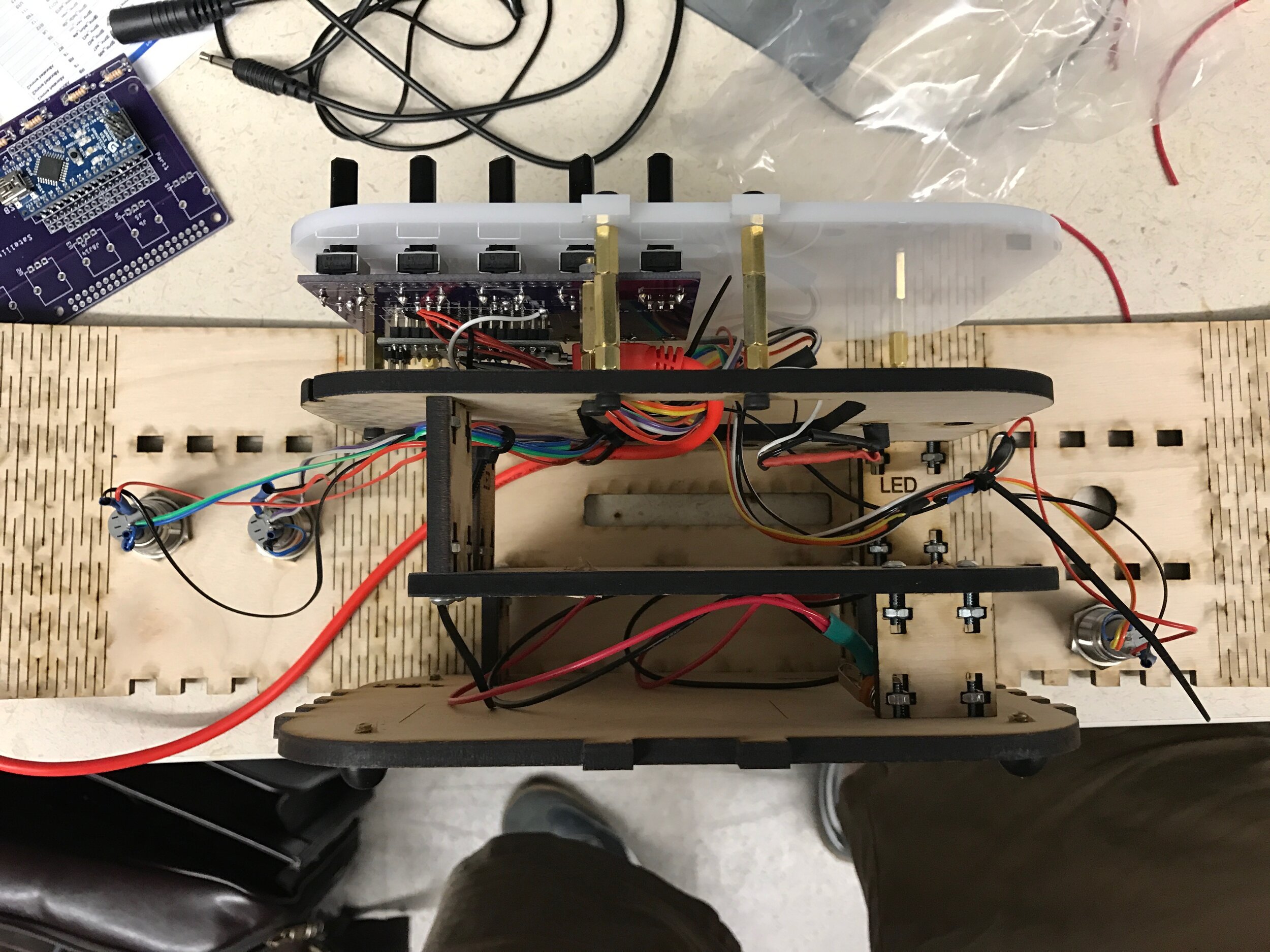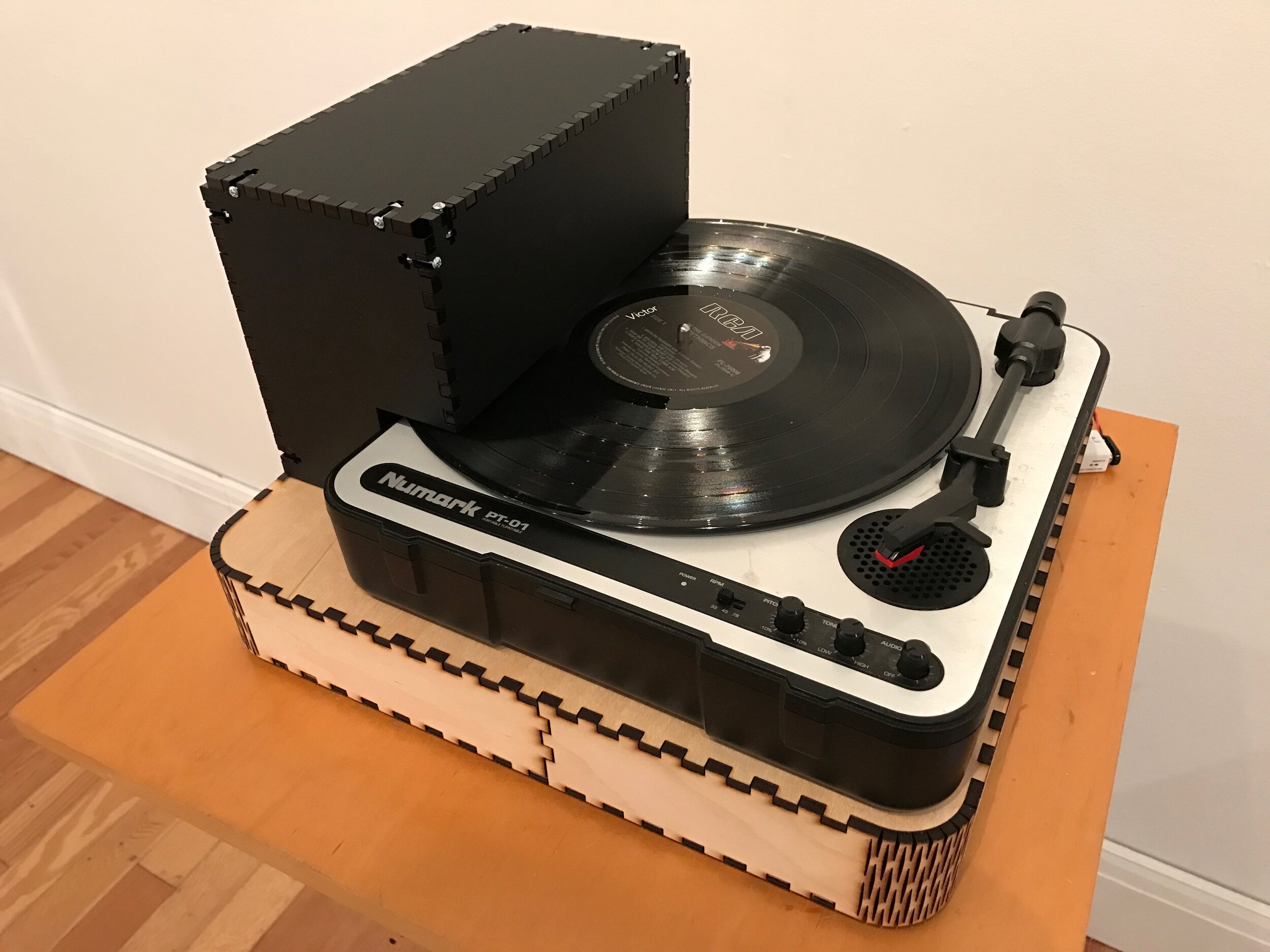Creative Tools


Bendit_I/O
Bendit_I/O is a system that allows for wireless, networked performance of circuit-bent devices, giving artists a new outlet for performing with repurposed technology. In a typical setup, a user pre-bends a device using the Bendit_I/O board as an intermediary, replacing physical switches and potentiometers with the board’s reed relays, motor driver, and digital potentiometer signals. This framework brings the networking techniques of distributed music performances to the hardware hacking realm, opening the door for creative implementation of multiple circuit-bent devices in audiovisual experiences. Consisting of a Wi-Fi- enabled I/O board and a Node-based networking server, Bendit_I/O provides performers with a wide option of digital performance interfaces for controlling their hacked devices. Moreover, the Bendit_I/O system is user-friendly, low-cost, and modular, making it a flexible toolset for artists of diverse experience levels.
Bendit_I/O is currently in active development, and more information along with beta test packages will be available in Spring 2020. More information is available at www.benditio.com.
To sign up for a beta test package, click here.
Instruments and Devices


The Electric Music Box
The Electric Music Box utilizes an Arduino microcontroller and an embedded Raspberry Pi to playback audio cues and process the sound of both a chromatic music box and the performer’s voice (through vibration and physical contact with the music box body) in real time. The instrument was created for Maureen Batt to use in the piece Listening.


Laser-read Record Player
A computer-controlled record player that generates sonic material by reading multiple bands of grooves on a vinyl record at once through the process of translating laser light reflection into audio. Through this process, the listener experiences the audio of multiple parallel-moving portions of songs etched into each record simultaneously, creating formless ambient textures out of traditionally-through composed music. The record player contains a motor driving circuit allowing the speed of playback to be altered by a computer. The light-to-sound conversion is handled by Eric Archer’s Lite2Sound device and custom signal-processing software built with MaxMSP.